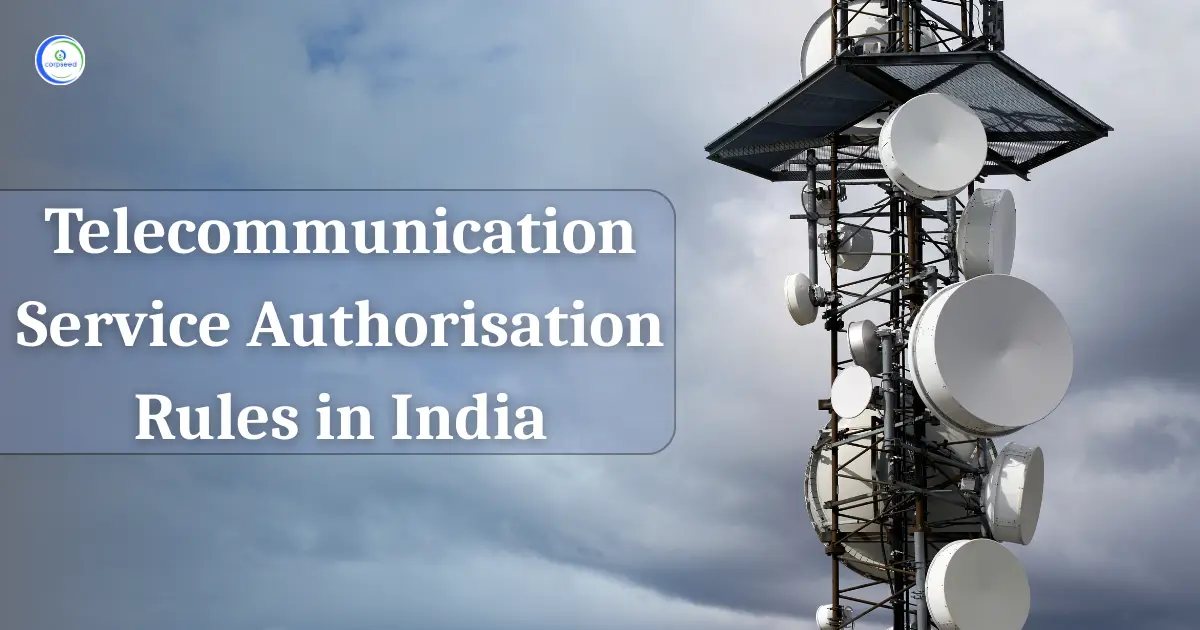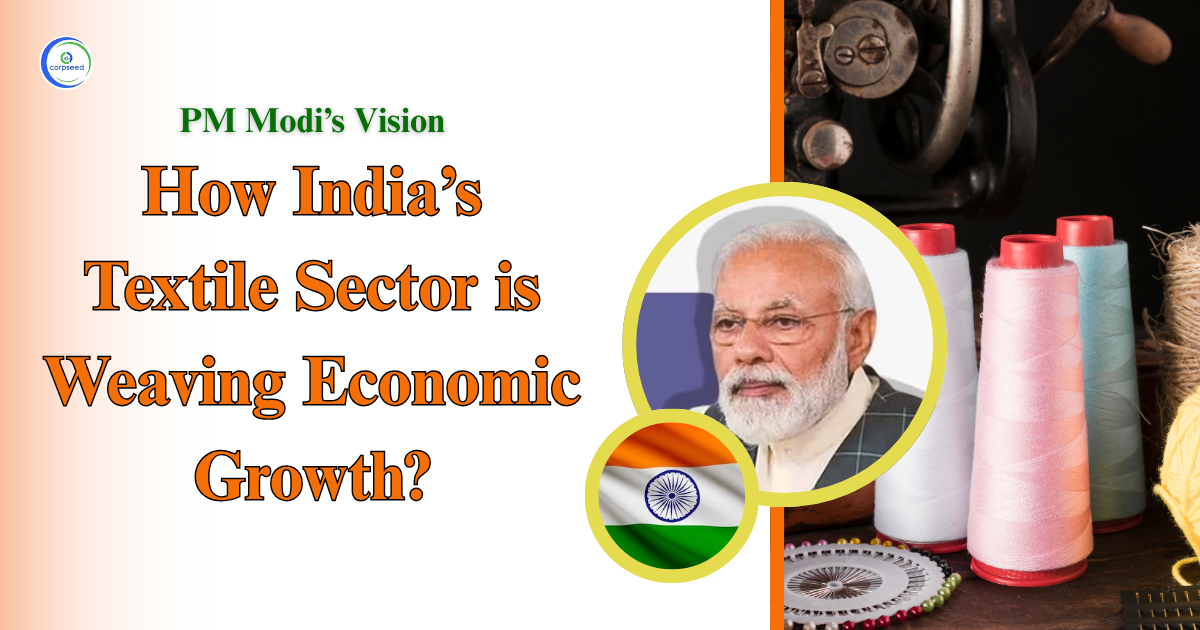Overview: Metaverse
The metaverse is a persistent, online, three-dimensional environment that integrates numerous virtual spaces. It can be compared to a future version of the internet. Users will be able to collaborate, meet, play games, and socialize in these 3D environments thanks to the metaverse. Although the metaverse does not yet exist in its entirety, metaverse-like elements can be found on various platforms.
Table of Contents
--------------Blog Contact Form-------------
At the moment, video games give the closest metaverse experience available. By holding in-game events and building virtual economies, developers have pushed the boundaries of what a game can be. Cryptocurrencies, while not needed, can be a perfect fit for a metaverse. They enable the creation of a digital economy based on various utility tokens and virtual valuables (NFTs). The usage of crypto wallets like Trust Wallet and MetaMask would also assist the metaverse. Furthermore, blockchain technology can be used to create transparent and trustworthy governance structures.

Existing blockchain-based, metaverse-like applications provide people with livable earnings. Many users utilize Axie Infinity as a play-to-earn game to supplement their income. Other successful instances of combining the blockchain world with virtual reality apps include SecondLive and Decentraland. Big tech behemoths are attempting to pave the route for the future. The decentralized nature of the blockchain sector, on the other hand, allows smaller players to participate in the metaverse's development.
India Is Important For the Metaverse
India has risen nearly 40 places in the Global Innovation Index since 2015 and is now ranked 46th in the globe. India also boasts a robust entrepreneurship culture that has recently seen substantial expansion. Last year, India had a record 42 start-ups valued at over $1 billion, trailing only the United States and China in the number of 'unicorns' created. A number of favorable consumer trends, such as rising disposable income, increased smartphone penetration, and affordable mobile data, are bolstering this environment.
The country is no stranger to leapfrogging to new technologies to accelerate development and economic progress, as seen by the country's mobile phone revolution in the late 1990s. India Stack, a collection of technology projects that includes the national digital identification and payments infrastructure, has ushered a new era of financial inclusion in the country over the last decade.
A vast and expanding young population is fuelling the rise of digital India. A large portion of this group is well-versed in digital engagement and enjoyment. In the index produced by the Reserve Bank of India to evaluate the penetration of digital payments in the country, the usage of digital payment mechanisms has expanded fast, with a 75 percent year-on-year increase from September 2019 to 2021.

Furthermore, video streaming and gaming consumption in India has been surging, with predictions predicting that the Indian gaming business will more than treble to $7 billion by 2026. The popularity of transmedia experiences has risen as a result of the rise in gaming, particularly as a result of the pandemic. Several gaming platforms now offer virtual stages for concerts, exhibitions, and corporate promotion, normalizing the notion that social and cultural activities do not have to be limited to in-person interactions.
These advances in India are part of a larger effort by the Indian government to build a $1 trillion digital economy. It has created incentives and policies for technology and industries that could be considered the metaverse's building blocks. In December 2021, it unveiled its National Blockchain Strategy.
A proposal for a blockchain-backed Digital Rupee, to be issued by the Reserve Bank of India from 2022-23, was included in the most recent Union Budget, in addition to India's intentions to employ blockchain technologies for e-governance. The government has also indicated that spectrum auctions will be held to help with the rollout of 5G mobile services, which should help to boost demand for cloud applications, such as gaming and the metaverse. Recognizing the sector's potential for job creation, the budget also established a task force to look at ways to improve domestic capacity in the animation, visual effects, gaming, and comics (AVGC) industry.

The Evolving Regulatory Landscape
While India appears to have the technical, demographic, and policy foundations for the metaverse, the operational problem of establishing the metaverse remains. Deal flows in the private sector must accelerate if India is to play a leading role. To date, the indicators are promising: over $1 billion in the capital was invested in the local video games ecosystem in the 18 months leading up to August 2021, more than in the previous five years combined.
Simultaneously, India, like many other governments throughout the world, is discussing the appropriate ways to control the technology that will support the metaverse. The most recent Union Budget imposes a 30% tax on income derived from the transfer of Virtual Digital Assets (VDAs), which might include cryptocurrencies and non-fungible tokens (NFTs). While the tax would imply that crypto is a controlled asset, it does not legalize crypto ownership, which can be accomplished through appropriate legislation. Because owning and trading NFTs is thought to be a gateway to a new digital economy, it will have ramifications for the metaverse's evolution. An NFT is a digitally secured claim of ownership for a single, non-transferable digital asset that can strengthen the link between physical and online economic activities An artist, for example, may write a song, release it digitally as an NFT, and include a feature that pays them a percentage each time it is exchanged. This might provide financial support to artists, guaranteeing that they benefit from the consumption and sale of their work in the long run rather than just once.
Even if it does not completely embrace ownership of NFTs, India's plan to tax transfers of VDAs appears to recognize that people find value in them. Metaverse evangelists contend that one is meaningless without the other, implying that the discussion is still ongoing. Regardless, there is still much to be decided before the vision of NFTs can become a reality, although cautious optimism exists about the possibility for new business models to emerge.

Aside from cryptography, the metaverse poses policy concerns about how privacy and security should be handled. Unwanted contact could grow more obtrusive and pervasive in the metaverse, exacerbating online risks. Participants can engage effectively in online communities while actively navigating hazardous information and behaviors if virtual world governance mechanisms are supported by enhancing and scaling initiatives to promote digital literacy, safety, and wellness.
Will The Metaverse Bring About Meta-Governance?
These discussions are part of a larger argument over whether the metaverse should – or even can – be interoperable in the commercial sector. Several open metaverse standards have been developed, however, the benefits of adoption appear to be outweighed by some technology enterprises' wish to maintain control. However, there is little thought given to the potential that, in the absence of a uniform regulatory policy landscape, interoperability will become outdated. Is it possible to have a single metaverse if separate policies for monetizing and controlling the metaverse are devised and enacted around the world?

This is most evident in today's differing opinions toward internet regulation, as summarised by technology expert Benedict Evans. Until recently, the policy agenda was dominated by western firms, products, conventions, and standards. However, as software and company invention and use spread over the world, so does regulation.
The European Commission recently called for a closer look at the evolution of metaverse economic models, implying that efforts to create an all-encompassing virtual reality environment might present new issues for EU antitrust enforcers. During his remarks at the Davos Agenda 2022, Prime Minister Narendra Modi stated that addressing difficulties with cryptocurrencies requires a coordinated and synchronized global response.
The Ministry of Science and ICT in South Korea recently established a "metaverse alliance" to coordinate and facilitate the development of virtual and augmented reality platforms. In China, a metaverse industry association, the Metaverse Industry Committee, was established in December 2021 under the supervision of the state-run China Mobile Communications Association. The committee's declared goals are to improve creativity and integration among metaverse architects, organize professional training, and promote innovative thinking.
Governments are frequently chastised for being slow to respond to evolving technology and its ramifications for industry, society, and politics; therefore, such advancements should be embraced. One thing is certain: the Indian digital governance and regulatory policy landscape will continue to evolve, as global best practices influence policymakers' important decisions.
This portion of the site is for informational purposes only. The content is not legal advice. The statements and opinions are the expression of author, not corpseed, and have not been evaluated by corpseed for accuracy, completeness, or changes in the law.
BOOK A FREE CONSULTATION
Get help from an experienced legal adviser. Schedule your consultation at a time that works for you and it's absolutely FREE.








